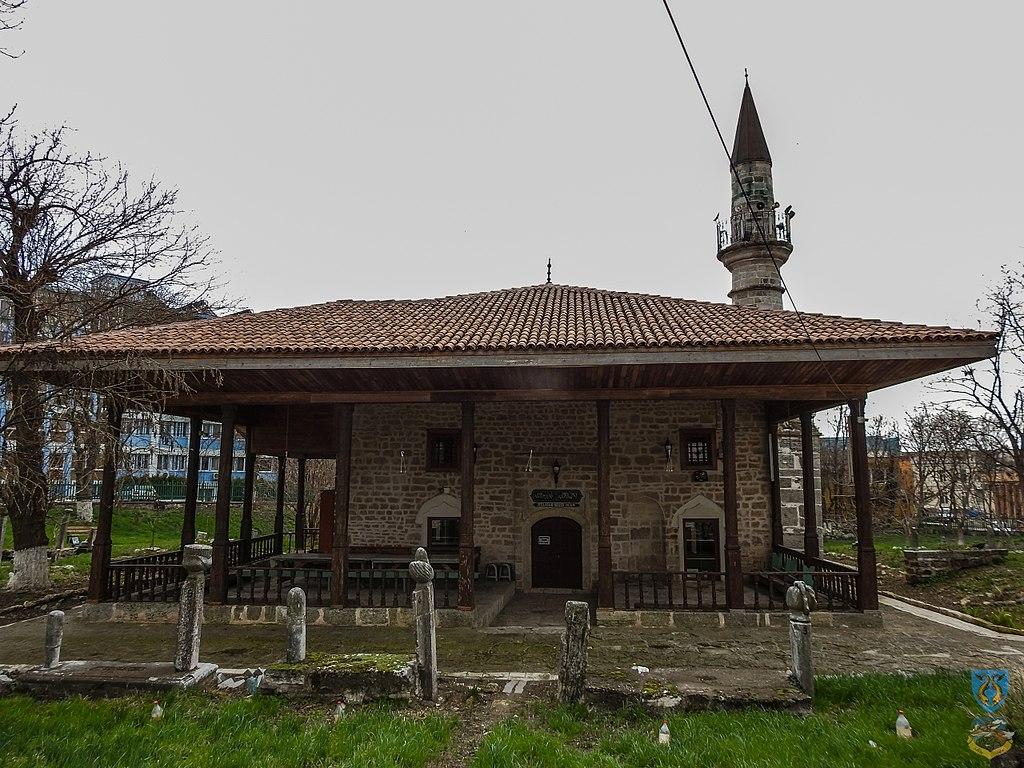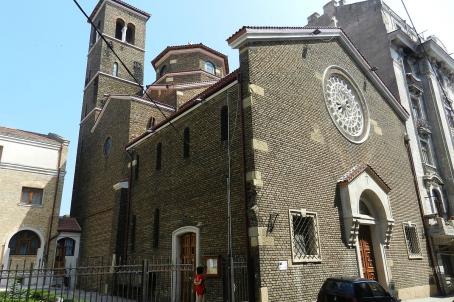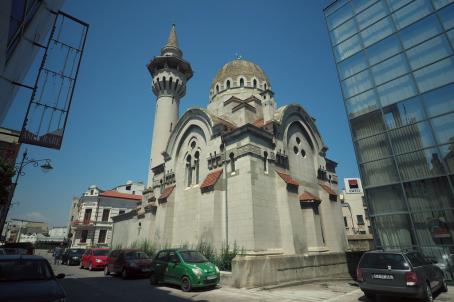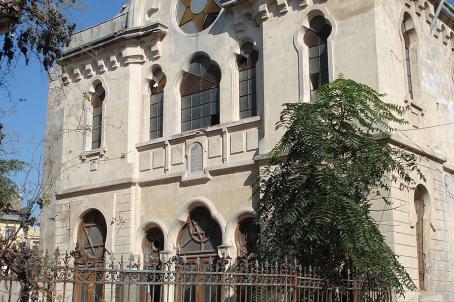Esmahan Sultan Mosque (Mangalia Mosque)
Esmahan Sultan Mosque is the oldest mosque in Romania, built in 1575. It includes a small cemetery with graves dating back 300 years. The mosque remains in use to this day.
About this building
Esmahan Sultan Mosque was named after the daughter of Ottoman Sultan Selim II and the wife of Sokollu Mehmed Pasha. It is also known as the Mangalia Mosque, after the village where it is located.
It has a wooden portico. The ceiling is also decorated with beautiful woodwork.
Both the mosque and its cemetery are listed as Historical Monuments in Romania.






